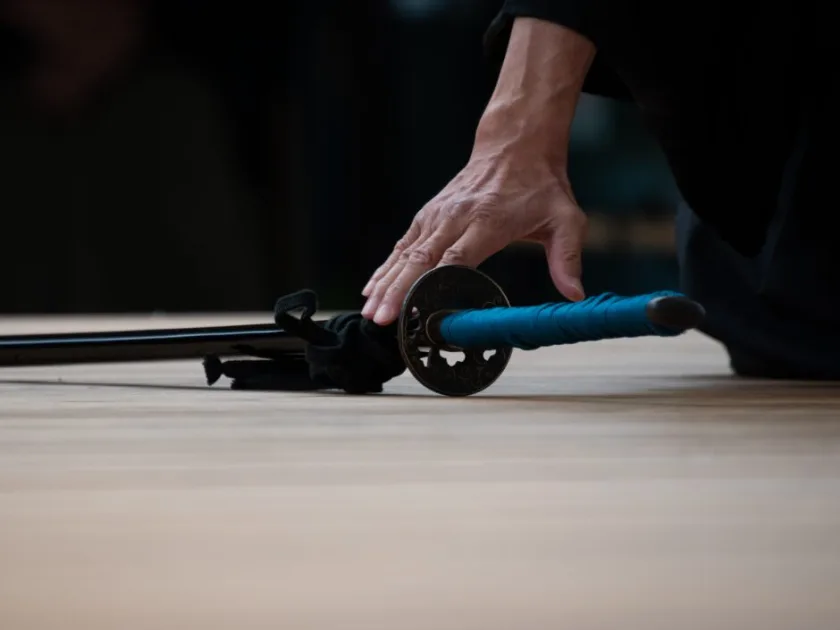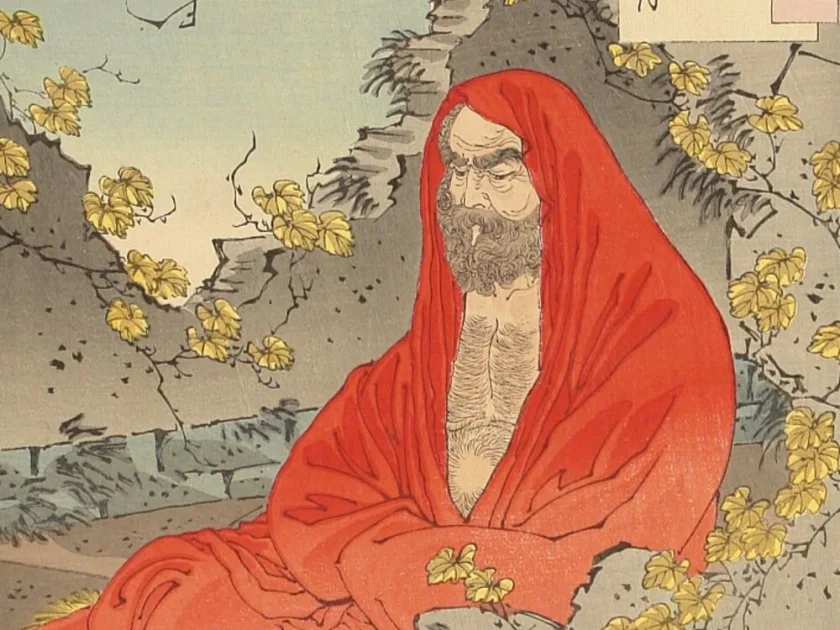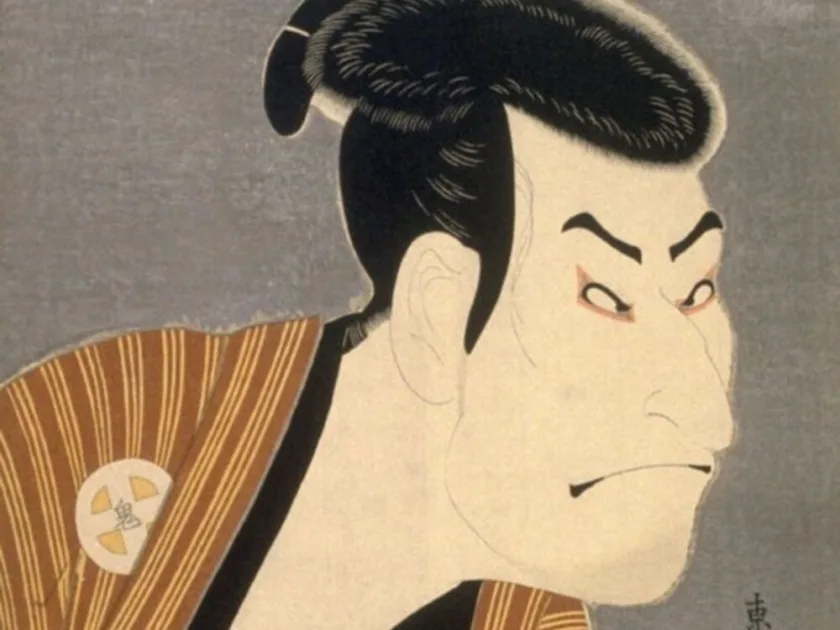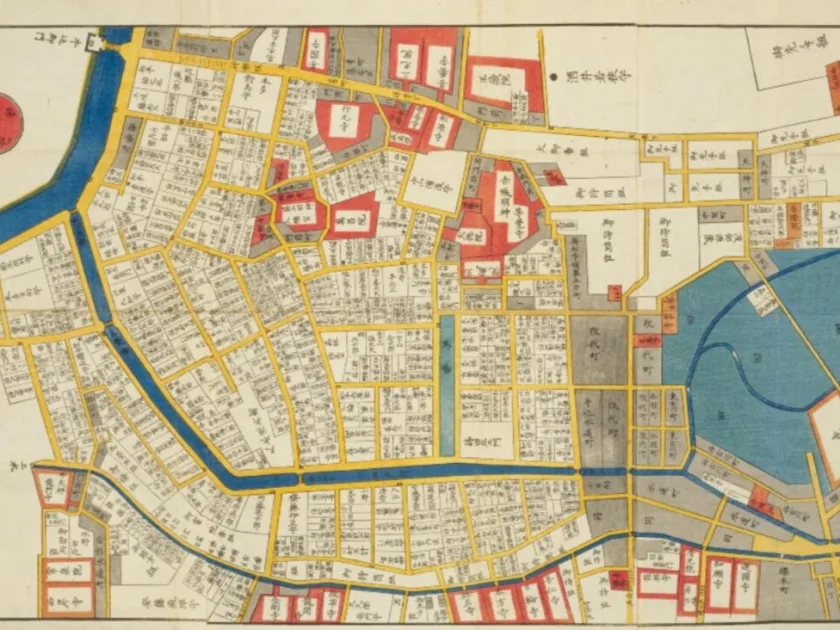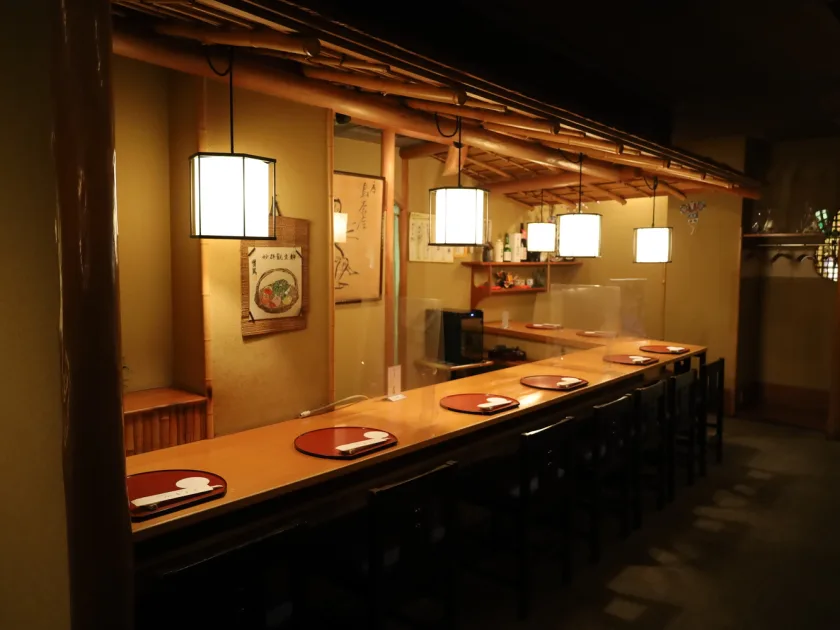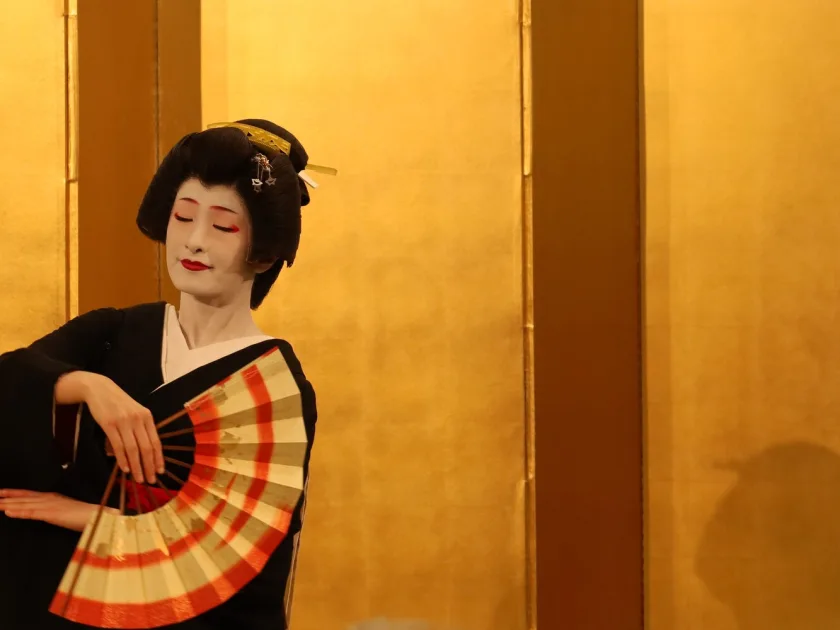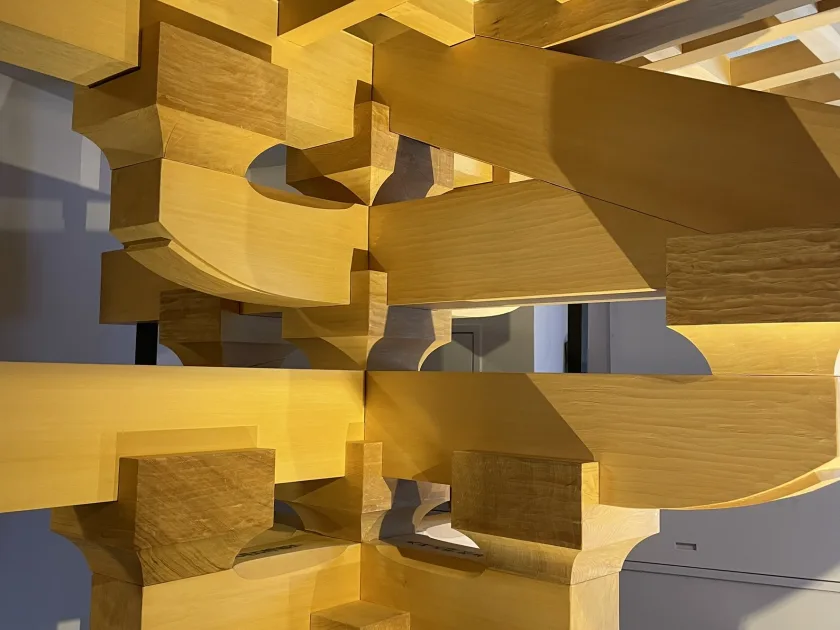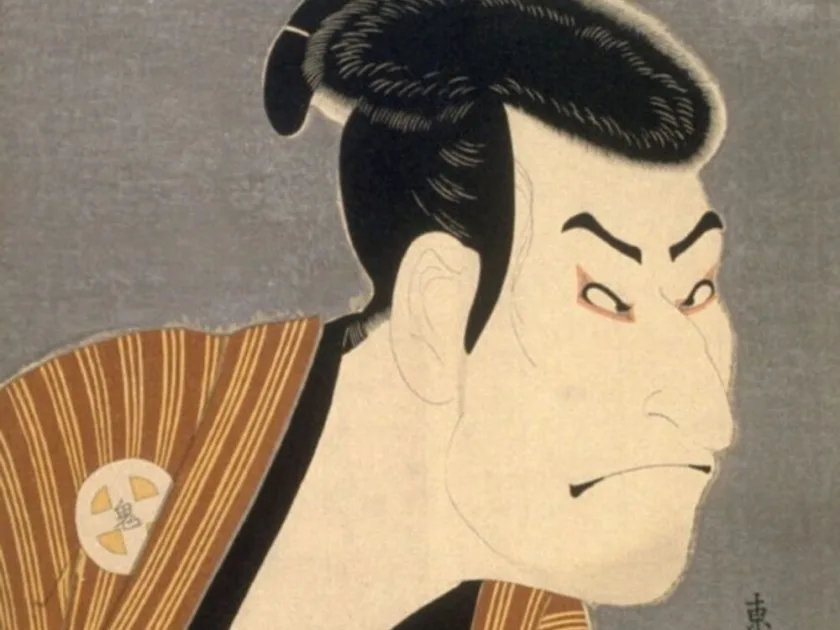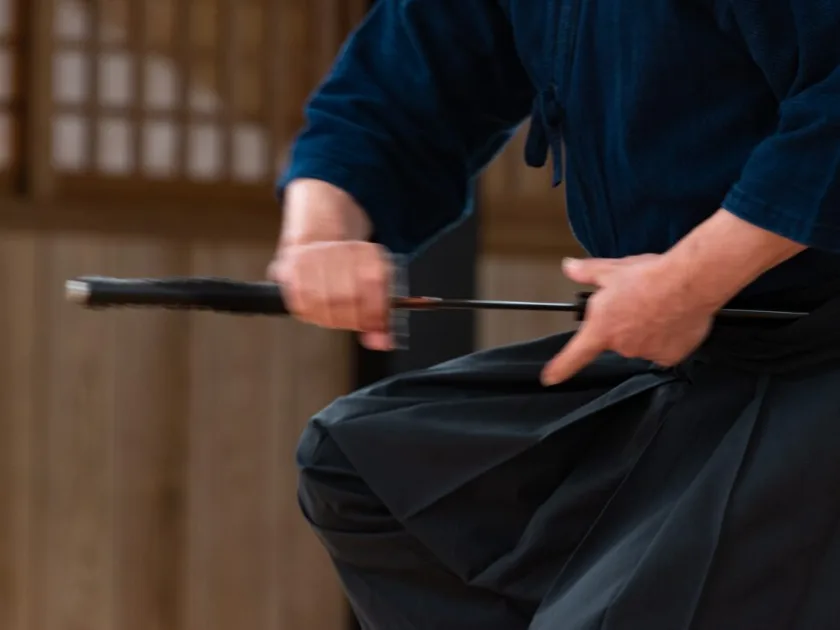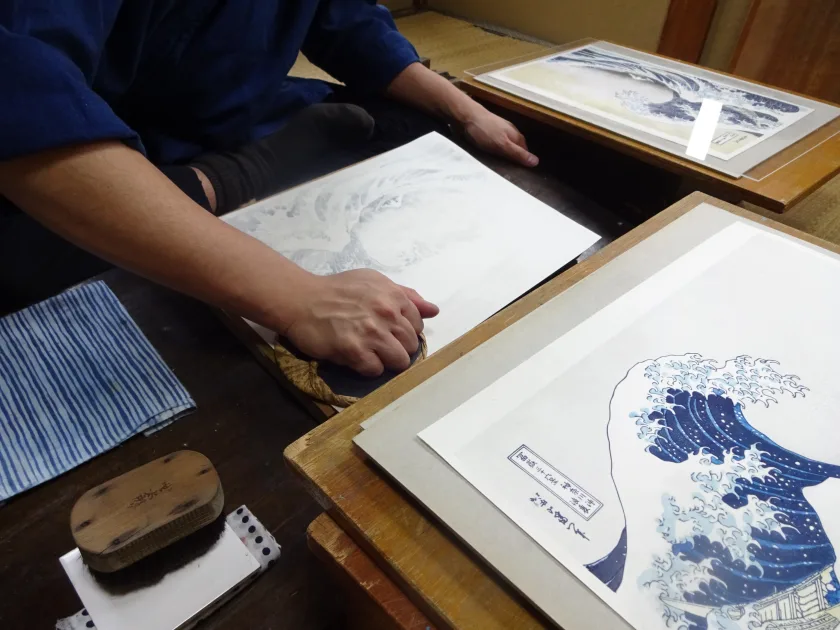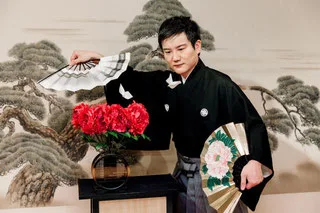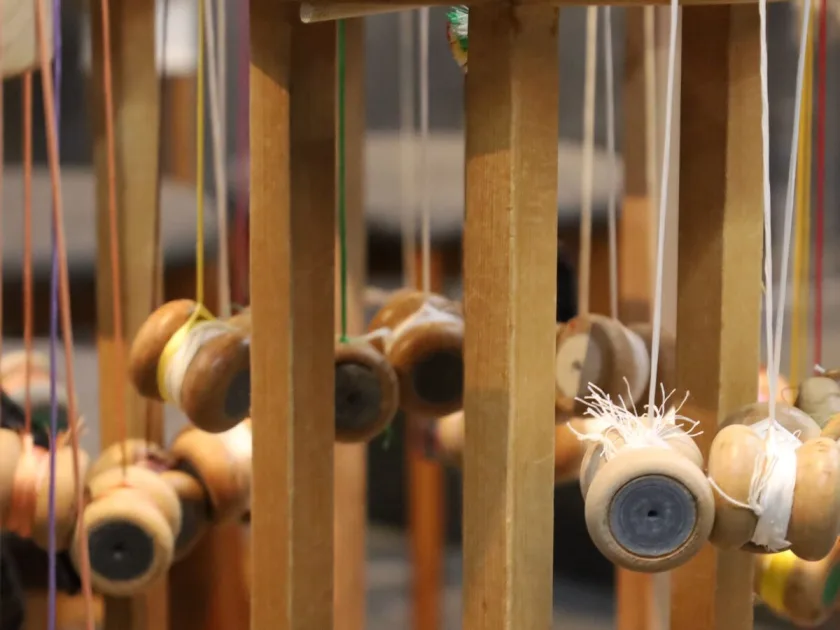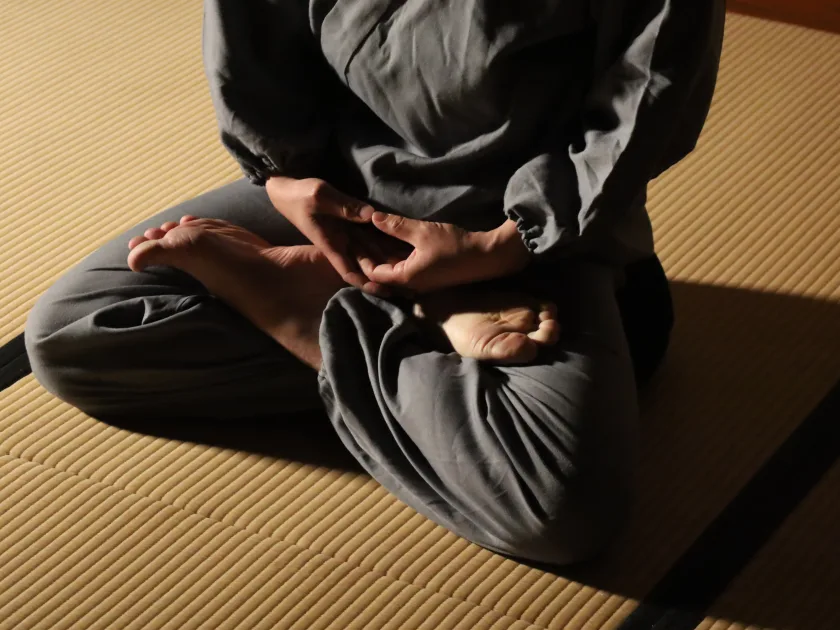Limit Climate Change through the Idea of Zen in Tokyo: A Path to Peaceful Living
Limit Climate Change through the Idea of Zen in Tokyo: A Path to Peaceful Living Embracing Zen for a Sustainable Future In Tokyo, where the hustle of modern life meets the calm of tradition, Zen practice emerges as a guiding light for achieving both inner peace and environmental sustainability. “Limit Climate Change through the Idea of Zen in Tokyo” invites us to consider how peaceful living, inspired by Zen, can significantly influence our ecological footprint. The Essence of Zen: Peacefulness and Sustainability Embracing Peaceful Principles for a Healthier Planet: Limit Climate Change through the Idea of Zen in Tokyo Zen meditation, or Zazen, is not merely a practice for personal enlightenment but a pathway to understanding the interconnectedness of all things, including our environment. By focusing on posture, breathing, and adjusting the mind, we learn the value of simplicity and the impact of our actions on the planet. Enhancing Immersion with Clothing Rental for Environmental Impact Adopting the practice of wearing rental clothing (samue) during Zen meditation sessions not only deepens the immersive experience but also aligns with environmental sustainability. “Limit Climate Change through the Idea of Zen in Tokyo” emphasizes how reducing luggage for air travel significantly decreases


